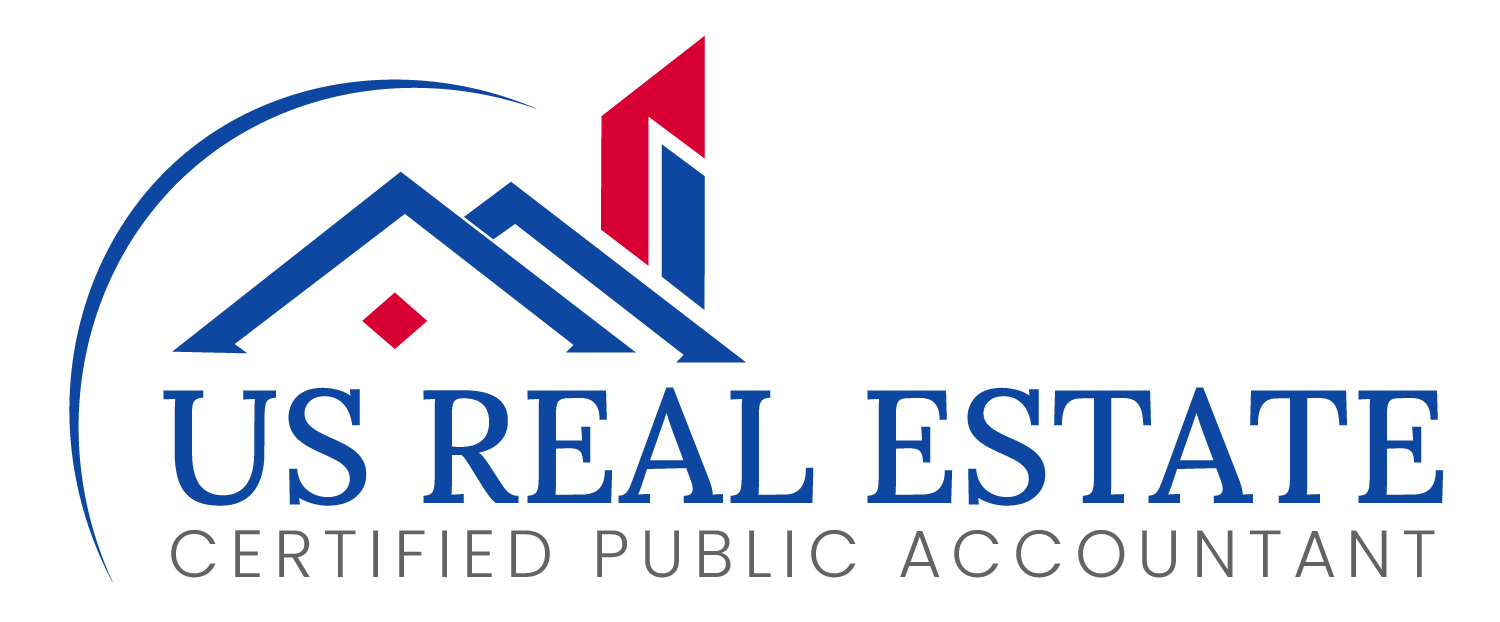
Is Gen Z Too Buried in Debt to Ever Own a Home?
If you’re Gen Z—born between 1997 and 2012—you’ve probably heard the warnings, if not the doomsday prophecies, about your financial future. Now a new Newsweek poll has only thrown gasoline on the fire, revealing: Gen Z is carrying more personal debt than any other generation.
On average, adult Gen Zers owe an astronomical $94,101, far outpacing Millennials ($59,181) and Gen Xers ($53,255). Although debt is nothing new for young adults, the sheer size of the burden—paired with painful home prices and stubbornly elevated mortgage rates—has left many questioning: is homeownership even possible for Gen Z?
The Debt Dilemma
For Gen Z, credit card debt is the most common culprit. A whopping 56% of Gen Zers carry some form of it, whether from everyday expenses, emergencies or just trying to keep up with the rising cost of living. But it’s not just about the amount of debt. According to a 2024 study by the New York Fed, Gen Z also has the highest credit card delinquency rates compared with other generations. Late payments, accounts in collections and charge-offs can wreak havoc on credit scores, making it harder to secure a mortgage down the line.
No wonder, only 16% of Gen Z respondents in the Newsweek poll currently have a mortgage. As this generation moves into their prime homebuying years, their debt burden could become a formidable roadblock to clinching the dream of homeownership.
How Much Is Too Much?
How much debt is too much to buy a house? The answer isn’t about a specific dollar amount. It’s about your debt-to-income ratio (DTI). The ratio measures how much of your monthly income goes toward debt payments, and it’s a deciding factor lenders use to determine if you can afford a mortgage.
Here’s how it works. Add up all your monthly debt payments (credit cards, student loans, car payments, etc.), divide that by your gross monthly income and multiply by 100. Lenders generally prefer a DTI of 36% or lower, with no more than 28% to 35% of your income going into housing costs. Some lenders might stretch to 43%, but that’s pushing it.
For Gen Z, who are likely dedicating a big chunk of their income to paying off debt, hitting that sweet spot is easier said than done. Add in today’s high home prices and mortgage rates and the math gets even tougher.
Can You Still Buy a House with Debt?
The short answer: yes. But it’s going to take some work. If you’re carrying debt and dreaming of homeownership, here’s how to increase your odds:
1. Lower Your DTI
There are three main ways to bring down your debt-to-income ratio:
- Pay off existing debt: Focus on paying your credit card balances, student loans or other debts to free up more of your monthly income.
- Boost your income: Be it asking for a raise, picking up a side hustle or freelancing, bringing in more cash can help balance out your debt load.
- Borrow less: Opt for a more affordable home or save up for a larger down payment to lower the amount you need to borrow.
2. Strive for a Stellar Credit Score
Lenders love a good credit score: it tells them you’re a reliable borrower. For a conventional mortgage, aim for a score of at least 660, but the higher, the better. Scores above 740 typically qualify for the best interest rates, which can save you thousands over the life of your loan.
To boost your score, pay bills on time, lower outstanding debt, as well as shun new credit inquiries before applying for a mortgage. Ironically, Gen Z’s credit card debt could actually work in their favor here. If they’re regularly paying it down, they’re building a stellar credit history.
3. Explore Government-Backed Loans
If your credit score isn’t quite where it needs to be, don’t panic. Government-backed loans like FHA, VA and USDA mortgages have more flexible requirements:
- FHA Loans: Ideal for first-time buyers, these allow credit scores as low as 580 with a 3.5% down payment.
- VA Loans: Available to veterans and active-duty service members, these require no down payment or private mortgage insurance.
- USDA Loans: Designed for low-to-moderate-income buyers in rural areas, these have zero down payment options.
4. Save, Save, Save
Lenders want to see that you’ve got cash reserves to cover your down payment, closing costs and emergencies. The more you have saved, the more confident they’ll feel about approving your loan.
5. Get Pre-Approved
If you’re carrying a lot of debt, getting pre-approved for a mortgage can be great. It shows sellers you’re serious and gives you a clear idea of how much you can borrow.
Be Realistic About Your Timeline
A high debt load can make homeownership more elusive. For Gen Z, that might mean delaying the dream of buying a home to focus on bettering their financial health.
If you’re drowning in debt, now might not be the right time to buy. Rather, focus on paying down what you owe, building your credit and saving aggressively. Homeownership is a marathon, not a sprint, and sometimes the best move is to pace yourself.
The Bottom Line
Gen Z is facing an uphill battle when it comes to homeownership, but it’s not an impossible one. By tackling debt head-on, yanking up credit scores and exploring all available options, this generation can still carve out a path to owning a home. So Gen Z, don’t lose hope. The road might be rocky, but with the right plan you can still cross the finish line.



